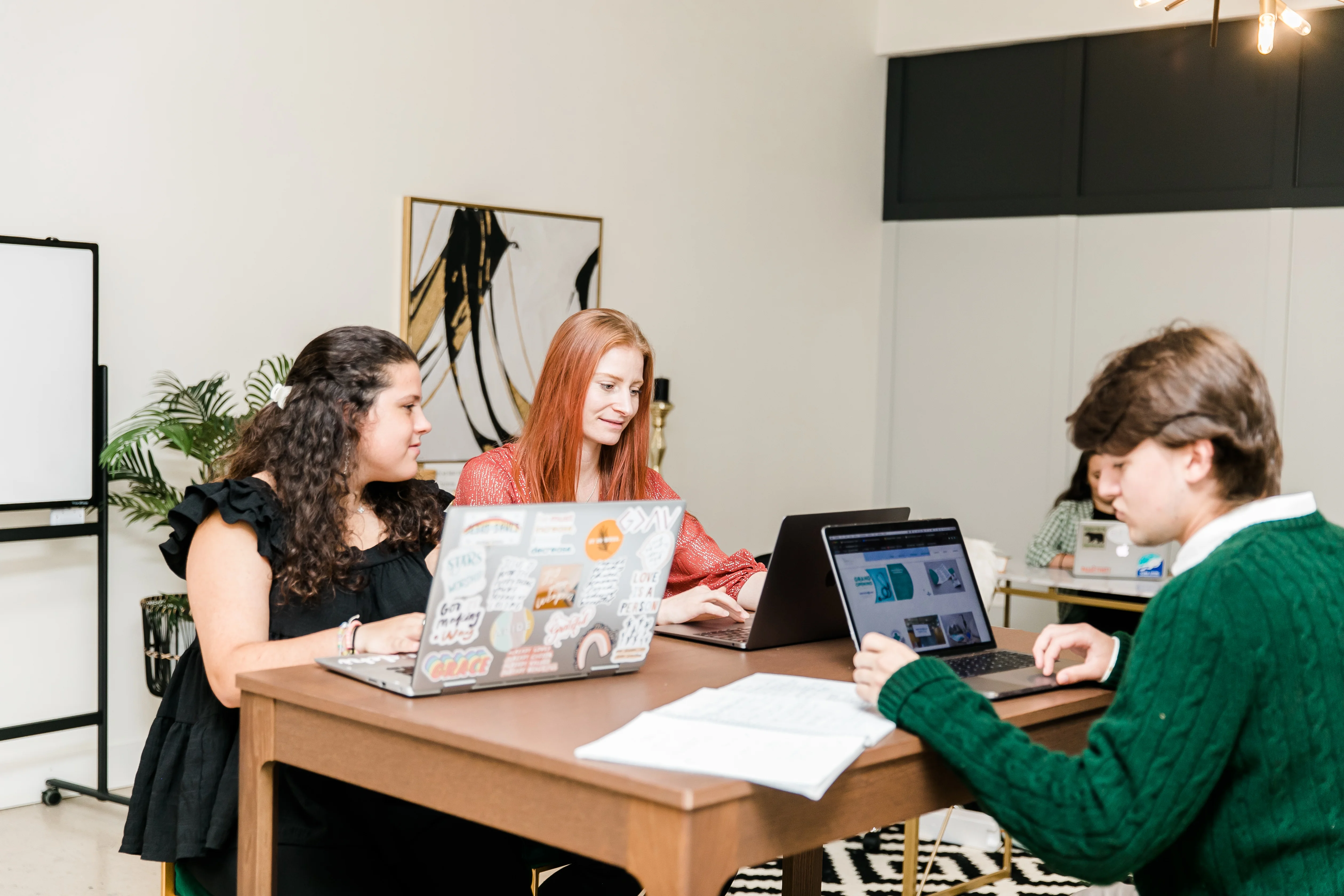Grady InternViews: Edward Feininger

Grady InternViews: Edward Feininger
 This is part of a series where we ask Grady College students to describe their summer internship experience.
This is part of a series where we ask Grady College students to describe their summer internship experience.
Briefly describe your internship and your responsibilities:
As a graphic design intern, I use client brand guidelines, the strategies developed by Edge, and principles of design to create print and digital assets in a timely and effective manner for a number campaigns.
What is the most valuable lesson you’ve learned so far?
When working with entrepreneurs or smaller clients on their branding, such as bringing ideas to life, color palettes, mood boards, etc., a lot of people have zero clue as to what they want. In an initial branding session, you hear a lot of “I hate that” or “That looks bad”. The most valuable lesson I have learned is how to ask the right questions and then expand on your client’s answers as much as you can. Proactive questioning is better than a one-sided conversation. Do not be afraid to ask questions, and when your client responds, ask “What else?”.
How will this role guide your future career path?
Since digital advertising is rapidly changing, clients want to remain on the cutting edge of technology. Clients value data, and data helps influence creative decisions for different campaigns. If I cannot work creatively, I would consider going into account management and strategy, search engine optimization, or data analysis. With all the new advances in digital advertising technology, clients have easier access to data, so they are valuing it higher and implementing it in their decision making more.
What about this position has surprised you?
I was most surprised by how much clients want to control their social media, print, and out-of-home ad designs. Some clients gave us complete creative control, and as long as we stayed within their brand guidelines, most projects were approved with one or even no rounds of edits. However, some clients would fully reject proposals, come up with their own rough idea (regardless of design principles) and request that instead. When a client may not be making a “design-savvy” decision, I learned to create what they want but also provide suggestions and alternatives at the same time. Always fulfill their request and follow their vision, and if you disagree with it, show them some positive alternatives that can steer them in the right direction for the future.
What’s the most challenging part of this position?
Time management has been a fun challenge this summer. The agency maps out each week and month in an orderly fashion and has a list of clients that are on retainer and for how long. Despite being organized, inconsistent client response times and varying levels of involvement can put a wrench in your week. A client who you worked for two weeks ago could have just responded with edits. If their newsletter or post is set to go out at a certain time, you have to drop your other tasks and get on those edits. Similarly, some clients may respond within the hour, well ahead of their due date, so you need to match their speed in order to get that work done to make room for whoever could be lagging behind.

What advice would you give to students who are looking to pursue similar opportunities?
Even if it is unpaid, part time, remote (whatever the circumstances) you should apply to the internships that interest you. Since our field is changing so rapidly, the best thing you can do for yourself is gain experience. I applied to over 100 internships this past winter and spring. Despite getting some offers for paid roles, I felt that The Edge Agency would give me the biggest leg up for applying for internships next summer and eventually starting my career. Even if you are internship is unpaid, part-time, or you work remotely, the character you build plus the experience you gain will be more valuable than a typical summer job at home.